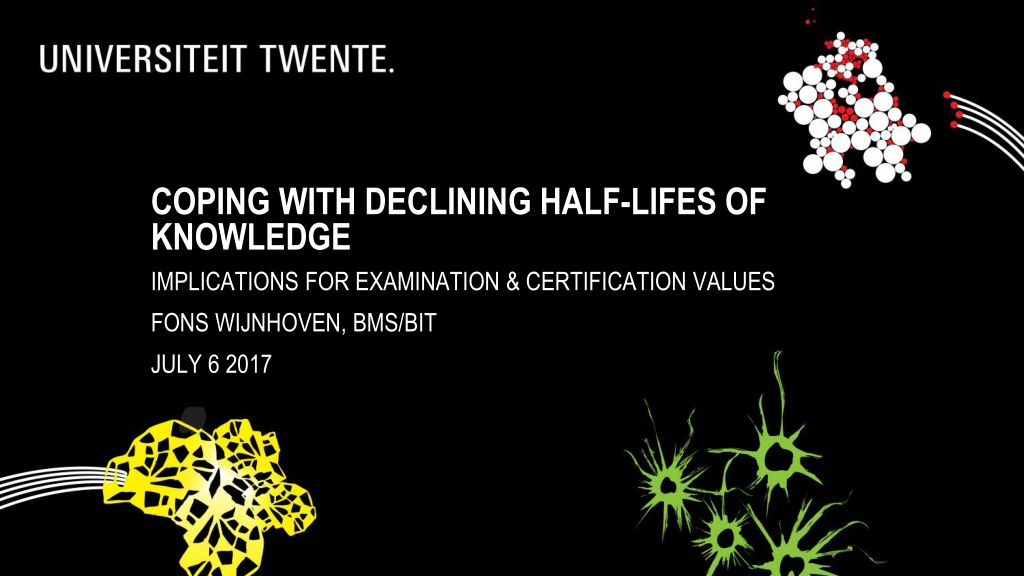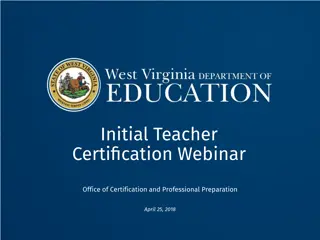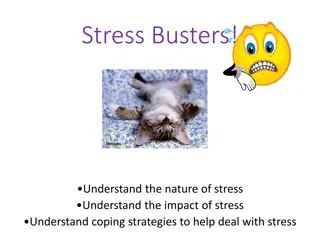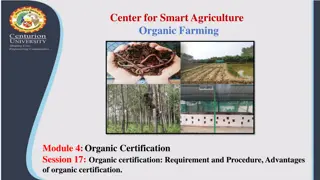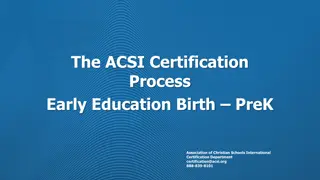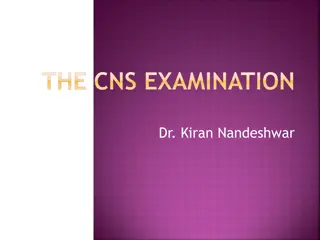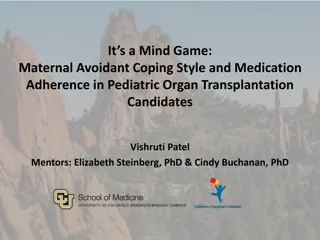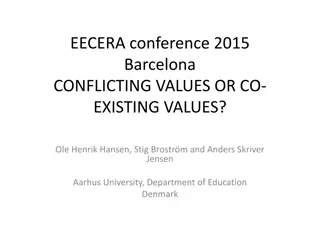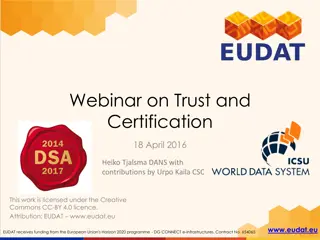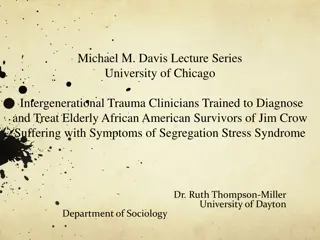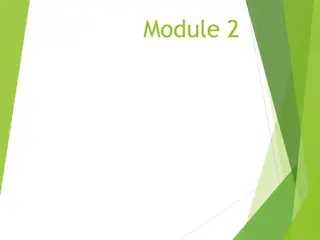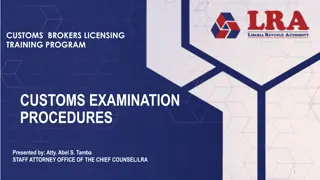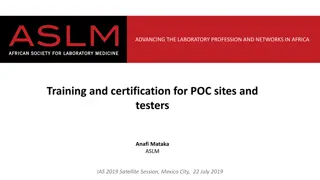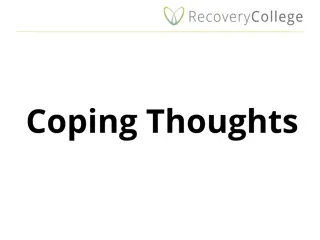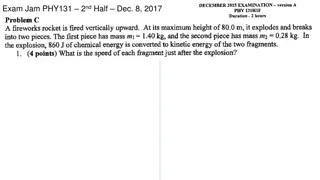Coping with Declining Half-Lives of Knowledge: Implications for Examination & Certification Values
Exploring the impact of decreasing half-lives of knowledge on testing, certification, and learning programs. Discussing challenges in validating outdated skills, testing policies, test quality assurance, and adapting to changing labor market requirements.
Download Presentation

Please find below an Image/Link to download the presentation.
The content on the website is provided AS IS for your information and personal use only. It may not be sold, licensed, or shared on other websites without obtaining consent from the author. Download presentation by click this link. If you encounter any issues during the download, it is possible that the publisher has removed the file from their server.
E N D
Presentation Transcript
COPING WITH DECLINING HALF-LIFES OF KNOWLEDGE IMPLICATIONS FOR EXAMINATION & CERTIFICATION VALUES FONS WIJNHOVEN, BMS/BIT JULY 6 2017
WHAT IS THE PROBLEM? Half-life value of a trained employee is 1940: 12 years; 1970: 7 years; 2010: about 3 years Source: https://www.slideshare.net/Duurzame_Inzetbaarheid/het-belang-van- leren-op-het-werk-door-profdr-andries-de-grip Other evidence: Poynard et al (2002), Truth survival in clinical research, Ann Intern Med, 136 (12): 888-895 Arbesman (2012), The half-life of facts, Penguin, New York. Discussion of this by Ronald Bailey in Reason.com, Oct 2, 2012. So what does that mean for the value of diploma s and certificates? What does it mean for our way of testing and certifying? Fons Wijnhoven Universiteit Twente 10-9-2024 2
THE TESTING PYRAMID Applying the testing pyramid on this problem. A. Testing policies B. Testing programs C. Tests and their quality D. Test items E. Test organization F. Testing capabilities Fons Wijnhoven Universiteit Twente 10-9-2024 3
A. TESTING POLICIES The UT 2017 EER say . Art 4.8: PERIOD OF VALIDITY 1) The validity of a result of a Unit of Study has no limitation. In case the examined knowledge, understanding or skills are demonstrable out of date, the programme board can set restrictions on the period of validity of the said unit of study. Needs much attention in the context of declining half-lifes and additions to the program specific appendix. Fons Wijnhoven Universiteit Twente 10-9-2024 4
B. TEST PROGRAMS AND THE TESTING ONION Strategic value of knowledge Low High 4. Labor market entrance Short 3. Contextual 4. Key labor knowledge market entrance 3.Contextual knowledge knowledge 2.Learning capabilities Halftime of Long 2. Learning 1. Basic knowledge capabilities foundations 1.Basic Updating after Updating after new collaboration paradigm change & search methods Fons Wijnhoven Universiteit Twente 10-9-2024 5
C. TEST QUALITY 1. Testing basic knowledge: We know how to test basic knowledge 2. Testing learningcapabilities: We have poor understanding about know how to test learning capabilities, although it is vital to the master thesis project. 3. Testing contextual knowledge. We test learning in practice by projects, assignments, and portfolios. We do not know well how to grade portfolios. 4. Testing labor market entrance qualifications. We should be able to also certify people who gain knowledge by experience, but we do not know how. Fons Wijnhoven Universiteit Twente 10-9-2024 6
E. TEST ORGANIZATION The more contextual, the less control over the testing situation. The more contextual, the less comparable and the less reliable. The more testing on capabilities, the less valid (lack of criteria). The more entrance level certification, the more an additional task for universities. Fons Wijnhoven Universiteit Twente 10-9-2024 7
F. TESTING CAPABILITIES The more practice-oriented, the less basic/fundamental Key role of university is in the first two onion roles (basic and learning capability). A university master diploma should contain knowledge with a longer halftime than a professional diploma. Fons Wijnhoven Universiteit Twente 10-9-2024 8
SUMMARY AND DISCUSSION 1. Define the onion (basic, learning capability, contextual, and market entrance) and make the core and learning capabilities part of first and later study years. 2. Regular re-certification is needed for contextual and entrance level knowledge (each 3-5 years). 3. Consider the development of citizen science as a means of certification besides of the regular programs by participation in e.g. www.openbadge.org 4. Define the courses and topics that fit under contextual and entrance level to implement EER Art 4.8. 5. Courses have half-lifes as well Need for course maintenance budgets; an obsolete course should not be part of the testing program. Fons Wijnhoven Universiteit Twente 10-9-2024 9
OTHER IMPLICATIONS 1. Course maintenance 2. Basic: half-life 10 year: 5% maintenance/year 3. Learning capabilities: half-life 7 year: 8% maintenance/year 4. Contextual knowledge: half-life 4 year: 12.5% maintenance/year 5. Labor market entrance knowledge: half-life 3: 17% maintenance/year 6. If less maintenance the course will be under-invested and not suitable as part of the testing program. Fons Wijnhoven Universiteit Twente 10-9-2024 10
